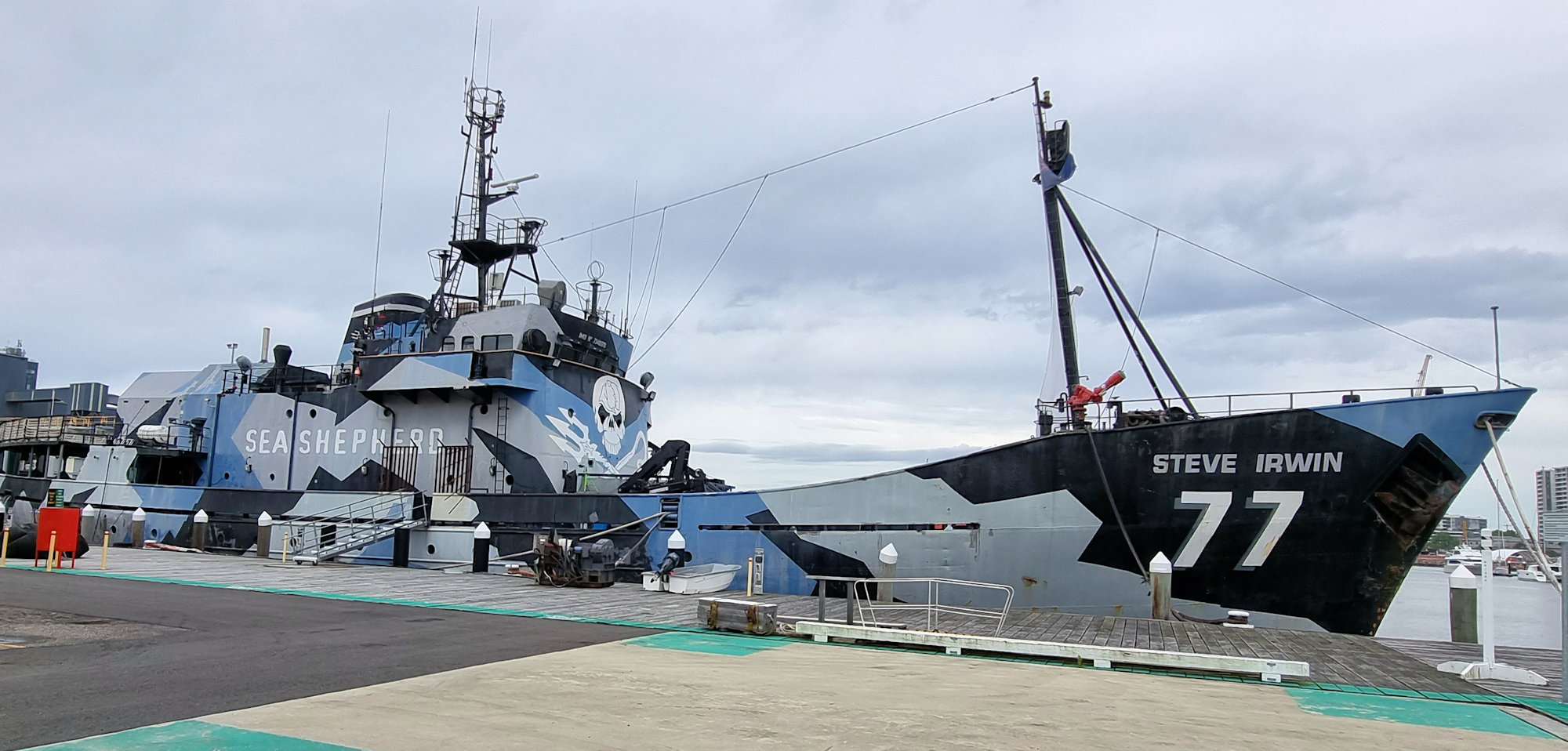Category: Vehicles
-
Mid-North Coast Maritime Museum

Mid-North Coast Maritime Museum Preserving Port Macquarie’s maritime history, the Mid-North Coast Maritime Museum occupies two old Pilot Cottages dating from the 1890s. Originally used to house the pilot and the boatmen who assisted him but now repurposed into a museum. Getting There Located in Port Macquarie on the NSW mid-north coast at 6 William… Read more
-
Dangar Island and Brooklyn Ferry

Dangar Island The first European to visit the area was Governor Arthur Phillip, who explored the lower river by small boat in March 1788 within weeks of the First Fleet’s arrival. He named it Mullet Island, for the abundance of fish in the local Hawkesbury River. The island was purchased in 1864 and renamed by… Read more
-
Sea Shepherd’s MV Steve Irwin

Sea Shepherd’s MV Steve Irwin Although now retired from from its confrontations with Japanese whaling fleets, the MV Steve Irwin still looks impressive with its camouflage and skull painted deck house. Docked at Thales Marine in Newcastle, New South Wales, the ship is now owned by the non-profit organisation Ship4Good. Tours are a great way… Read more